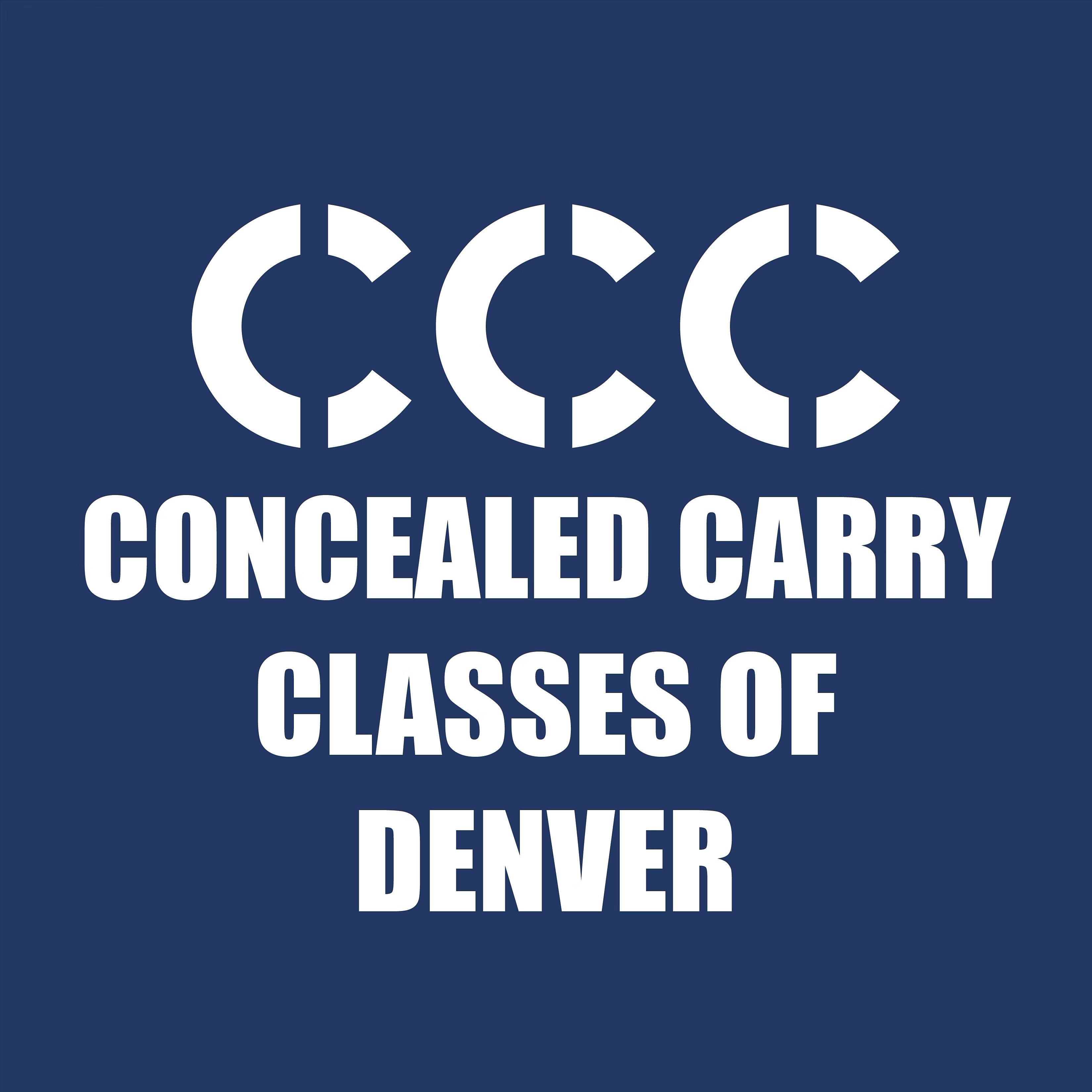Understanding the ‘Vote Without Fear Act’: A Guide for Colorado Firearms Owners on Polling Place Restrictions
As firearms owners in Colorado, it is vital to stay informed about the legal landscape surrounding the use and carriage of firearms. A significant area of concern is the restriction of carrying firearms at polling places. This guide provides an overview of the “Vote Without Fear Act,” as laid out in CRS 1-13-724, to help firearms owners navigate these regulations effectively and legally.
Key Findings of the General Assembly
The Colorado General Assembly has made several findings underpinning the necessity of this Act:
- Guarantee of Free Elections: The Colorado Constitution ensures open and free elections.
- Safe Exercise of Voting Rights: All voters in Colorado should have the opportunity to vote in an environment free from intimidation or threat.
- History of Firearm Regulation: There is a long-standing precedent for regulating firearms at polling locations, dating back to the 19th century.
The ‘Vote Without Fear Act’ Overview
- Prohibition of Open Carry Near Polling Places: It is unlawful to openly carry a firearm within 100 feet of a polling location, drop box, or any building hosting a polling location during an election. This includes central count facilities during ongoing election administration activities.
- Posting of No Open Carry Signs: Designated election officials are responsible for visibly posting signs notifying of the 100-foot no open carry zone.
- Exceptions: The prohibition does not apply to private property owners within the 100-foot buffer zone, provided they are on their property or moving directly to a location outside the zone. Additionally, uniformed security guards employed by a contract security agency and acting within their contractual scope are exempt.
- Peace Officer Exemption: Peace officers performing their duties are not subject to this section.
Penalties for Violation
Violating the ‘Vote Without Fear Act’ is a misdemeanor offense, with penalties including:
- A fine of up to $1,000.
- Imprisonment in county jail for up to 364 days.
- For first offenses, a reduced fine of no more than $250 and a maximum imprisonment of 120 days.
Hypothetical Examples of Violations
- Example 1: The Overzealous Advocate
- John, a passionate advocate for firearms rights, decides to openly carry his handgun while distributing flyers just 50 feet away from a local polling station on Election Day. Despite his political motivations, John’s actions directly violate the ‘Vote Without Fear Act’ by openly carrying a firearm within the prohibited 100-foot radius.
- Example 2: The Uninformed Voter
- Sarah, a new firearm owner, goes to vote while openly carrying her firearm, unaware of the specific restrictions. She walks past a polling place’s entrance, within the 100-foot no open carry zone, before being stopped by election officials. Despite her lack of intent to intimidate, Sarah’s actions constitute a violation of the Act.
The ‘Vote Without Fear Act’ underscores Colorado’s commitment to ensuring a safe and intimidation-free voting environment. As responsible firearms owners, it is crucial to understand and comply with these regulations. By doing so, we contribute to the maintenance of a democratic process that is accessible and comfortable for all eligible voters in our state.
For further information or legal advice, firearms owners are encouraged to consult with legal professionals or local law enforcement agencies.
Disclaimer: This guide is for informational purposes only and should not be considered legal advice. Firearms owners should consult with legal experts for specific legal guidance.


